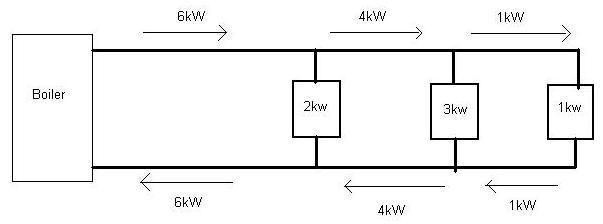I run my 937 on 'analogue' control using the VRT 360F rather than 'digital' on-off control. This means the circulating water temperature varies according to the heat demand and it should be condensing all the time. It isn't fixed at 80degC or whatever it used to be.
I find that to get the correct temperature downstairs, where the thermostat is, I have to set it to 21degC which is higher than on the old system. It's a 3-storey modern townhouse.
What thermostat are you running?
I also notice that the thermostat actually measures wall temperature not air temperature due to it being mounted on a concrete wall. (Checked with IR temp gauge from Maplin) I intend to insulate it from the wall with some polystyrene before next winter so it better reflects air temperature.
I find that to get the correct temperature downstairs, where the thermostat is, I have to set it to 21degC which is higher than on the old system. It's a 3-storey modern townhouse.
What thermostat are you running?
I also notice that the thermostat actually measures wall temperature not air temperature due to it being mounted on a concrete wall. (Checked with IR temp gauge from Maplin) I intend to insulate it from the wall with some polystyrene before next winter so it better reflects air temperature.



